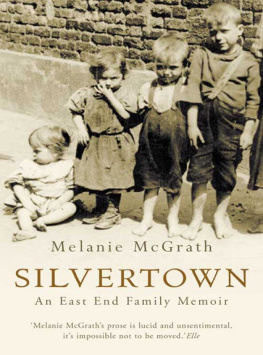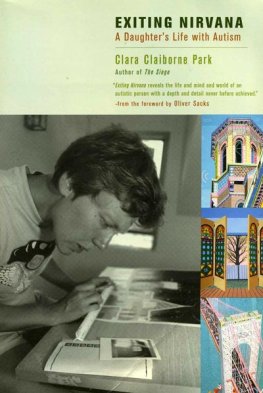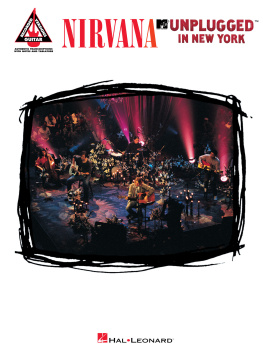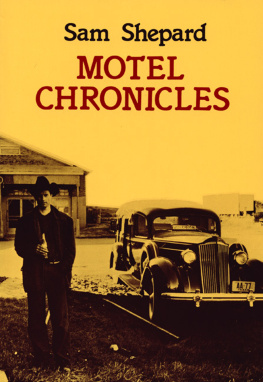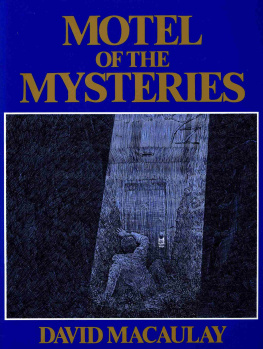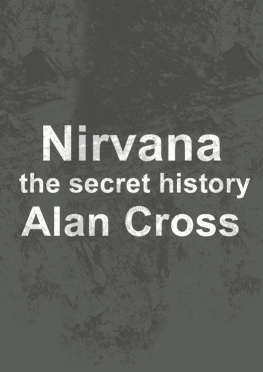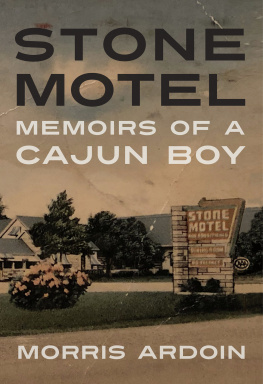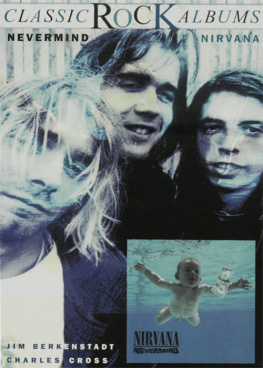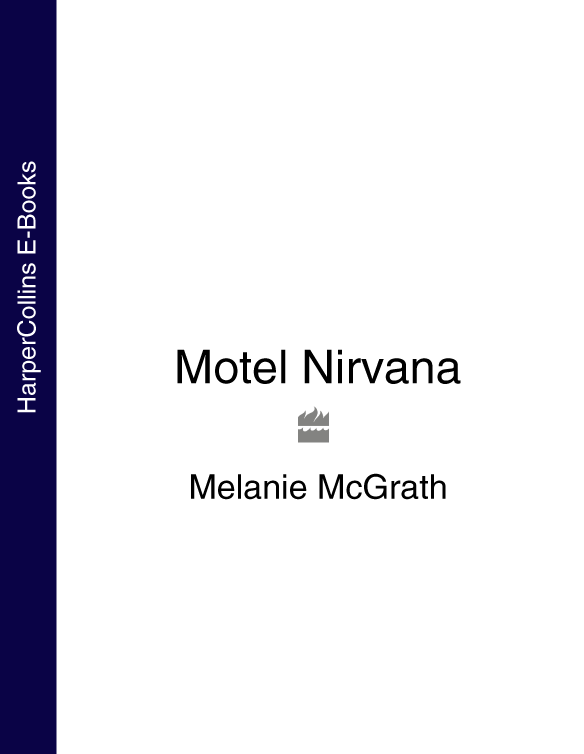from the reviews:
Like Jack Kerouacs On the Road but with laughs
JONATHAN SALE , Independent on Sunday
An utterly extraordinary book, brilliantly observed and beautifully written. The achievement of the book lies in the authors ability to match unique descriptions of desert scenery the psychological constitution of the hinterland of the wilderness against the psychopathic constitution (in terms of a complete failure to make genuine emotional attachments) of the inhabitants of Americas New Age community. The concluding chapter, Prozac Dreaming, struck me as one of those pieces of prose which some authors seem to receive as a gift from the gods utterly sincere and perfectly executed as a kind of philosophical flourish beneath the final signature. McGrath has succeeded in anatomising a large tract of the modern condition in a way that few writers have managed; by eschewing all the temptations of post-modernism she maintains the reality of her subject and thus brings it right to the door unpackaged and ready for consumption.
MICHAEL BRACEWELL , author of Saint Rachel
McGrath captures the scenery of the southwestern states of Nevada, Arizona, Utah, Colorado and New Mexico with spectacular style her journey inspiring prose of an almost surgical accuracy. But she is not there for scenery alone Halfway through, Motel Nirvana takes on a darker, more desperate tone, and I found myself flipping to the dustjacket to reassure myself that McGrath did make it home.
CHRISTINE TOOMEY , Sunday Times
Further reviews overleaf
McGrath finds her way to her conclusions along byways strewn with mischevious, toe-curling incident: a prayer-wheel ceremony with music by John Lennon and Michael Jackson, authenticated by the presence of a bored Indian; a tour of the Mesa Verde, in which the guide likens the Anasazi to Robin Hood and his merry men; a visit to Biosphere 2, the closed environment in Arizona, where, ominously, the human habitation tower has been roped off McGrath is an excellent guide to this self-deceiving interior landscape.
WILL EAVES , Times Literary Supplement
A road story with a difference McGrath writes beautifully, and is often very funny, while her descriptions of the American desert scenery are some of the best that I have ever read and provide a welcome balance to the excesses of the New Agers that she meets.
LYN HUGHES , Wanderlust
Avoiding pot shots from the car window at New Age miscellany, the book finds a more complex path. It succeeds because McGrath is a participant in the same self-searching camp as many of her compadres. Her 13,000-mile journey cuts through great natural beauty and great unnatural weirdness. The book is hard to place, part travelogue, autobiography, cultural study, part mind-body-spirit. It is well observed and surprising. The self-revelatory last chapter is especially good, casting a new light over the book. Recommended.
ANDREW BARLEY , City Life (Manchester)
McGrath shows herself to be a flexible and thoughtful writer, by turns witty and considered never losing her wry detachment. Her gift for detail makes the book hum.
EDWARD MARRIOT , The Times
This is Fruit-Cake, USA; funny, sad, wryly observed by shrewd intelligence and often with great poignance. This outstanding debut points to a fresh development in the genre the confessional travel book.
ROBERT CARVER , Scotsman
For Paul and my mother, Margaret
What do I know of life?
What of myself?
I know not even my own
work past or present;
Dim ever-shifting guesses
of it spread before me,
Of newer better worlds,
their mighty parturition
Mocking, perplexing me.
WALT WHITMAN ,
On the Last Thoughts
of Columbus
I would like to thank Stuart Proffitt and
Philip Gwyn Jones for taking a chance on me,
and Philip in particular for his patience
and enthusiasm.
Eat your way to consciousness
Advert in Magical Blend magazine
D AY O NE
One afternoon in late April last year, sitting on a bed in the second cheapest motel in Santa Fe, New Mexico, staring at the TV and waiting for something important to happen. A welcome-pamphlet lies open on the floor, turned to the page on altitude sickness and a small gold box with its wrapper printed The Ark Bookstore, Romero St, squats by the remote control and digs into a toenail. Outside the high, empty air of a north New Mexico spring loiters in the parking lot and, beyond the lot, an idle slipstream of traffic waits for the lights on Cerillos Road before heading south into a thousand thousand square miles of New Mexico desert.
On one of the network channels Geraldo Rivera is quizzing a panel of prepubescent urban terrorists, closing for the commercial break with a hook: What kind of society are we living in today? Well be right back with the answer. A web of contradictory signals baffles the screen, then surrenders to a Lexus ad. In among the static lies the insubstantial reflection of a woman with hair cut short as Irish moss. The inconstant lines about the mouth and the restive expression of the lips are set in, but the eyes, same dirty blue as the screen, appear unsettled, no more than holes. Those eyes I followed in the rear-view mirror half the way across the state of Texas. They seemed to me more solid then. Perhaps it was just that the light was different.
The border between Texas and New Mexico happens to be where the American West truly begins. All but the southern tip of western Texas belongs to the great plain lands, in geography as well as in spirit. The region still seems raw and new, without past or future, defined only by its current usage. For hundreds of miles across the Texas Panhandle only the monstrous panorama of derricks pumping crude disturbs the tepid sky. Beneath them lies the rich green Texan turf, metaphor for Texan style brash, resilient, thrusting. In western Texas the air bears the odours of cattle shit and oil and the distant horizon appears as a glittering mineral line levitating just above the highway.
By contrast, all but the most northerly region of New Mexico is old and frail, a jumble of crepey rock and thinning, age-stained soil. Heading west, beyond Amarillo, TX, brittled turf gives out to bunch grass and yucca. The first blue mesas bubble the plain at Clovis, on the New Mexico border. All across eastern New Mexico the range stretches out vast and undulant to the curve of the earth, still open in places and the soil baked dun with red swatches between, like shortbread fingers laid out on a plate of ripened beef. This is where the magical palette of the south-west begins. Further west still the rivers dry up into arroyos, sagebrush replaces bunch grass and the tarry, fecund aroma of creosote bush competes with the smell of sage.
New Mexico towns are less ambitious than Texan towns; poorer too, by and large. Many consist in nothing more than a few mobile homes, a gas station and a single, neglected store selling liquor and animal feed. Maybe there will be a small polymall, laid out in horseshoe shape around a parking lot, with a Philips 76, a Bashas, a frozen yoghurt kiosk and a Radio Shack. Unlike the Panhandle, though, New Mexico is well-travelled. Along every main highway plantations of fast food joints and rest areas and cheap motels have sprung up. Every so often you drive by a WalMart or some other hyperstore strapped to the plain like a torah.
The southwest, and more specifically New Mexico state, is the place all America goes to find itself, just as it found itself in California thirty years before. Empty, yet historically rich, materially poor (forty-seventh poorest state in the Union) and thus apparently spiritually uncompromised, New Mexico has found itself become the baptismal font of secular and humanist America. Santa Fe, the City of the Holy Faith, is its focal point. Visitors and settlers congregate in Santa Fe to indulge in that peculiarly American pastime working on the self. The deeper Americas spiritual crisis gets, the more spiritual self-improvement is deemed necessary and the more money and visitors fetch up in Santa Fe.


